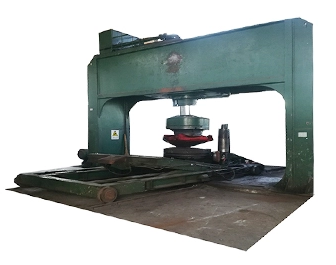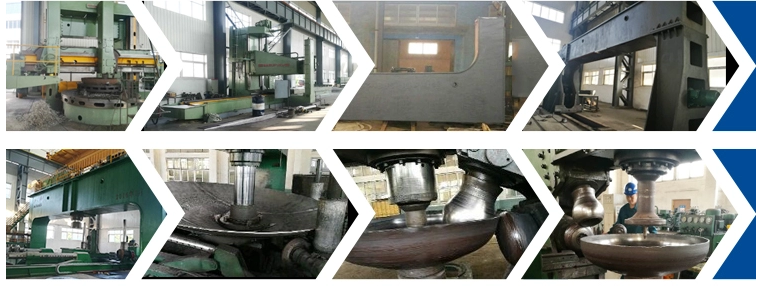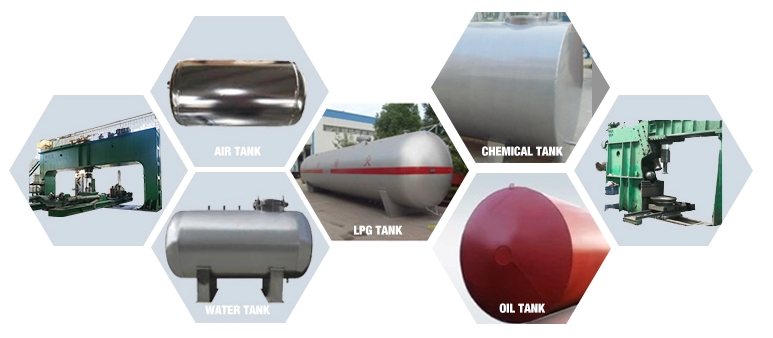
Jiuying Head Drum Press Processing Dished end forming machine

A dished end, also known as a head or a dish head, is the end cap on a cylindrical pressure vessel such as a tank or a boiler. Dished ends are typically used for their strength compared to flat ends. Forming these dished ends requires specialized machinery and techniques. One common method is "Head Drum Press Processing" or simply "Dished End Forming Machine."
Here's a brief overview of the dished end forming machine process:
Blank Preparation: Before the forming starts, the plate (or blank) from which the dished end is to be formed is cut to size. The size is calculated based on the final required dimensions of the dished end.
Pressing or Deep Drawing: The first major step in the forming process involves pressing the plate into a basic dish shape. This is done with a large hydraulic press which pushes a die into the plate, forming it into a rough dish shape.
Flanging or Spinning: After the basic shape has been pressed, the edges of the dish may need to be flanged (turned outward or inward) to create the final profile. This can be done with a spinning machine or another specialized machine. The plate is rotated rapidly, and a roller tool is used to push the edge of the plate to form the required flange.
Heat Treatment: Depending on the material and specifications, the dished end may require heat treatment after forming. This can help relieve stresses in the material and improve its mechanical properties.
Trimming and Final Inspection: After the dished end has been formed, it might require trimming to achieve the precise dimensions and to remove any excess material. The final product is then inspected for any defects, measurements are taken to ensure it meets specifications, and it's checked for quality.
Advantages of Head Drum Press Processing:
Uniformity: Because the process is machine-controlled, there is a high level of consistency and uniformity in the dished ends produced.
Efficiency: Large quantities of dished ends can be produced relatively quickly.
Versatility: Machines can be adjusted to produce different sizes and shapes, depending on the requirements.
Considerations:
The type of material being used (e.g., carbon steel, stainless steel) may dictate specific forming techniques or considerations.
Thickness of the material can affect the forming process.
Certain shapes or sizes may require specialized dies or machine adjustments.
It's worth noting that there are other methods and variations of forming dished ends, but the general principle remains the same: using force, often combined with heat, to shape a flat plate into the desired dish shape. The exact specifications, dimensions, and standards for dished ends will depend on their intended use, especially if they are to be used in high-pressure applications.











